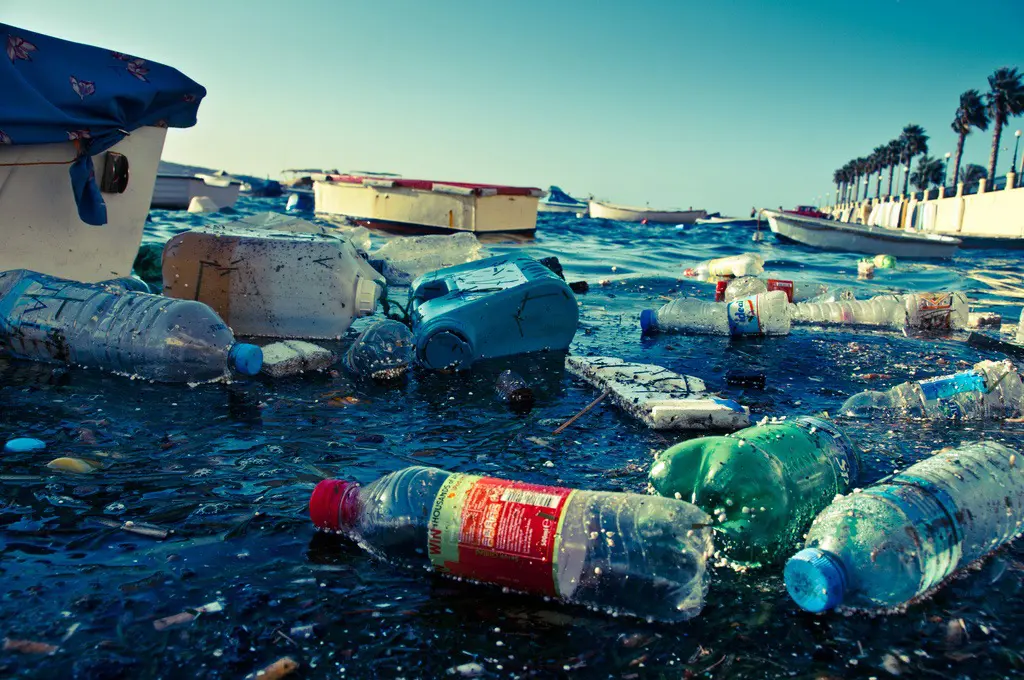In 1997, Captain Charles Moore sailed from Hawaii to Southern California. There, in the middle of the Pacific Ocean and far from civilization, he saw pieces of plastic floating in the oceans and drifting past his boat. He later returned to carry out further research. He did not yet know that he had discovered one of the world’s largest environmental disasters. The plastic he found turned out to not only float but to also be present in different layers of the water column. And it was not just large pieces, but mainly small pieces of plastic that had fallen apart. Moore called this phenomenon the plastic soup, a term now globally used.
The problem is rapidly getting worse
In the 1990s, nobody had heard of the plastic soup and plastic floating in the oceans, but now it’s in the news daily; there are important reasons for this. Plastic became extremely popular after the Second World War and since then, we continue to produce every year more plastic than the year before. All the plastic that has ended up in the environment over the decades is still there. Due to weathering caused by sunlight, and waves, larger plastic items break down into smaller pieces but they never disappear, and more and more plastic is floating in the ocean. Therefore, the concentration of plastic in water and in the environment is increasing rapidly (and especially microplastic). Although the problem was barely visible twenty years ago, there is now no place in the world where plastic is not found. Unfortunately, it is only now becoming obvious that the plastic soup can never be completely cleaned up.
In the 1990s, nobody had heard of the plastic soup and plastic floating in the oceans, but now it’s in the news daily; there are important reasons for this. Plastic became extremely popular after the Second World War and since then, we continue to produce every year more plastic than the year before. All the plastic that has ended up in the environment over the decades is still there. Due to weathering caused by sunlight, and waves, larger plastic items break down into smaller pieces but they never disappear, and more and more plastic is floating in the ocean. Therefore, the concentration of plastic in water and in the environment is increasing rapidly (and especially microplastic). Although the problem was barely visible twenty years ago, there is now no place in the world where plastic is not found. Unfortunately, it is only now becoming obvious that the plastic soup can never be completely cleaned up.
Plastic in water, soil, and air
Although at first it was thought that plastic pollution was a faraway problem floating out in the middle of the ocean, it is now clear that plastic is everywhere, including in the water we drink and the air we breathe. Twenty years go, people could be considered excused for thinking that they would not be affected by it. Now, however, we have much more knowledge and among other things we currently know that:
Although at first it was thought that plastic pollution was a faraway problem floating out in the middle of the ocean, it is now clear that plastic is everywhere, including in the water we drink and the air we breathe. Twenty years go, people could be considered excused for thinking that they would not be affected by it. Now, however, we have much more knowledge and among other things we currently know that:
- the plastic soup manifests itself everywhere, including in inland waterways and on land.
- agricultural land is heavily contaminated with microplastics.
- there are microplastics in the air that we breathe.



